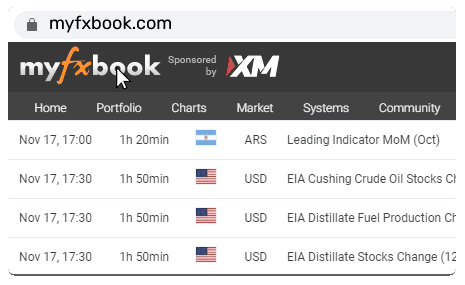US-China Trade War Escalates: What Traders Need to Know
The economic standoff between the US and China has intensified, triggering sharp volatility across global markets. On 9 April, the US raised tariffs on Chinese imports to a staggering 145%, marking the highest rate in modern trade history. Just two days later, China retaliated, lifting its tariffs on US goods from 84% to 125%—a move that signals deepening tensions between the world’s two largest economies.
With sectors such as technology, EVs, agriculture, and consumer goods already under pressure, traders are watching closely as supply chains falter and costs rise. President Trump’s 90-day tariff pause—granted to other nations but not China—has further isolated Beijing and fuelled fears of a prolonged economic decoupling.
Currency markets are also in flux, with the Chinese yuan weakening to its lowest point since 2007, while equities across Asia swing on each new policy update. Apple shares, for example, have been whipsawed by tariff headlines, reflecting broader investor anxiety.
As the US-China trade war enters a critical new phase, traders are increasingly shifting focus to safe-haven assets, short-term volatility strategies, and defensive plays.
👉 See how to adapt your trading strategy in today’s volatile landscape – Click to learn more.





















